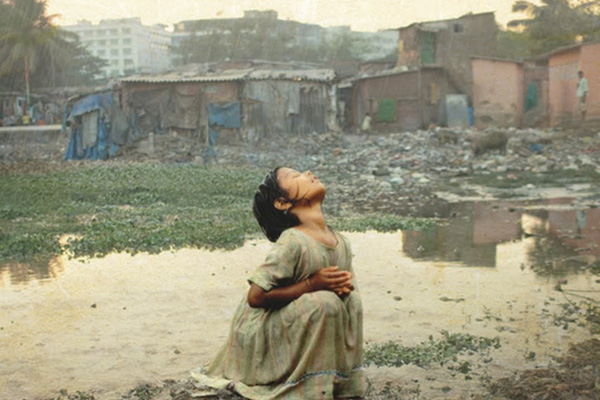Behind the Beautiful Forevers: Life, Death, and Hope in a Mumbai Undercity by Katherine Boo
Book Review
Boo, a Pulitzer Prize-winning journalist from New York, is known for her portrayals of poverty and disadvantage in America. While most journalistic writing can be divided broadly into categories of “narrative” and “investigative,” Boo’s work sits finely in the middle. Behind the Beautiful Forevers is testament to this. Boo has crafted a beautifully woven narrative around the slum-dwellers of Annawadi and isn’t afraid to tell it how it is. Her skill as a documentarian and innate ability to detect human drama ensure that this tale of poverty and corruption is neither understated nor overblown.
It isn’t apparent in the book itself (unless you read the endnotes or Wikipedia article), but Boo is writing as a relative newcomer to India. Born and raised in the States but married to an Indian, Boo is open in acknowledging her faults. She cannot speak the languages, she’s new to the culture, and she is clearly, obviously white. Upon moving to India, Boo found a lack of material addressing her questions about what she perceived as a juxtaposition between wealth and poverty. She resolved to answer these questions on her own. Although an outsider in Indian slum communities (and was treated as such by her interview subjects for the first couple of months of the three years she spent researching this book), Boo brings a distinct advantage in her experience reporting on disadvantage in America. She knows exactly what stories to look for and how to get them.
These stories depict the lives of Annawadi’s residents. From Abdul the garbage trader (“not that that was the term passersby used for Abdul; some called him garbage, and left it at that”) to Fatima the One Leg, to Asha the wannabe slumlord. Each character is so believable it seems disingenuous to call them characters. Indeed, this book is not a work of fiction and its characters are real people. Through incredibly accurate portrayals, Boo gets us to care about every member of the impoverished community. It is through their eyes, not Boo’s, that we gain access to Annawadi; it is their expert, blunt insight that graces the pages. “Everything around us is roses,” a child told Boo, “and we’re the shit in between.” There are heroes and villains in Annawadi, and everyone knows their place – but this doesn’t stop them trying to rise above it and make something of themselves. The contrast of these remarkable people against the wider backdrop of a hustling, bustling, modern city – a city with no time for them – is truly humbling.
The book’s subtitle – “life, death, and hope” – is also an ever-present reminder of an Annawadi day. Boo works through these themes in order: we are first introduced to the set of characters and their daily struggle for existence, death and loss make this more of a challenge, until finally all that remains is hope. In a corrupt society like that of underclass India, hope is often the only thing that those less fortunate than others can cling to. And – as readers of Pope and viewers of Freeman will know – hope springs eternal. Especially when you’re the shit in between roses.



